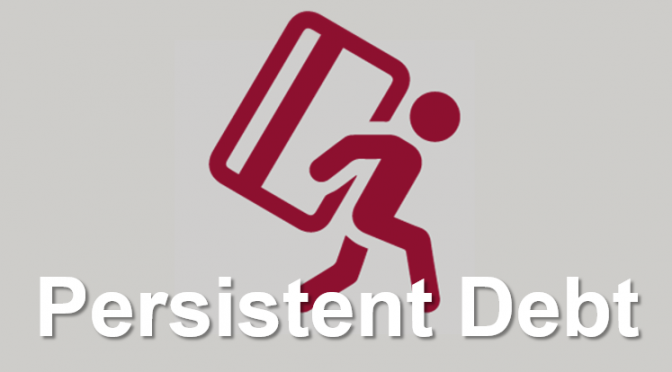Persistent Debt – Moving from Prevention to Competing
Blog: Enterprise Decision Management Blog

My last two posts on persistent debt in the UK focused on compliance and prevention. Here’s a different angle: Can issuers actually compete in this area?
The competition in the credit card market is fierce and it is more expensive to book a new customer than retain an existing one. An issuer who can prevent consumers going into persistent debt or have their account suspended will gain a competitive edge.
If affordable higher payment amounts are identified, communicating these in a timely and frictionless way may lead to a competitive advantage. This would provide opportunities in the digital space — for example, an iSMS delivering an immediate response, removing the need for the consumer to calculate this themselves. This would also demonstrate knowing your customer.
Issuers can take a data-driven approach at various points, including:
- Identifying those who look likely to be in persistent debt at 18 months and taking preventative actions
- Creating more targeted communications at 18 months
- Deciding who to target at 27 months to send the reminder to. It is not just the consumers in persistent debt at 27 months that will qualify for the 36-month action. To enhance the targeting, trigger analytics can be used to monitor for performance changes, including customers making extra payments or a one-off larger payment experiencing a drop in the payment amount; indications of minimum payments being made on other credit cards; or other signs of financial stress.
In my experience, data-driven projects highlight subpopulations meeting your criteria that you would not have expected, which provide extra benefit when incorporated into lifecycle strategies.
Optimising Your Strategies
Issuers can take this one step further and follow the account identification by optimising the actions for those accounts, so the most appropriate is taken for any given segment of their customer base. This can benefit both the customer and issuer. Firstly, the issuer would need to establish what options are available, such as:
- Payment increase reviews using affordability metrics
- Lowering the APR
- Moving to a lower rate product
- Setting up a payment plan for x months
- Freezing or waiving interest
- Decreasing card limits
- Moving payment due dates
Optimisation provides uplift versus a blanket approach. For example, a segment of customers could be offered a lower APR for life or moved to a lower rate product, whereas for a subset of this group lowering the APR for a set period would be enough to take the customer out of persistent debt. This can even go down to the level of optimal rates and time periods.
An example of an optimisation goal could be to maximise the profit of revolving customers, working within the constraints of not allowing them to get within x% of a persistent debt threshold and they must not have a high propensity for strategic default into persistent debt. An additional constraint could be to keep the % of closures below x%. The most appropriate APR and minimum payment could then be set.
In summarising my three posts, FICO can see focus and actions in 2019 and into 2020 progressing through three stages:
- Compliance – meet the FCA requirements
- Prevention – minimise the number of accounts going into persistent debt
- Competing – use data-driven and optimisation techniques to determine the targeting and best action to take
My colleague Ulrich Wiesner will be posting next to discuss in more detail the optimisation opportunities. I invite you to share any thoughts you have on this topic in the comments box below or with me at staceywest@fico.com.
The post Persistent Debt – Moving from Prevention to Competing appeared first on FICO.
Leave a Comment
You must be logged in to post a comment.








